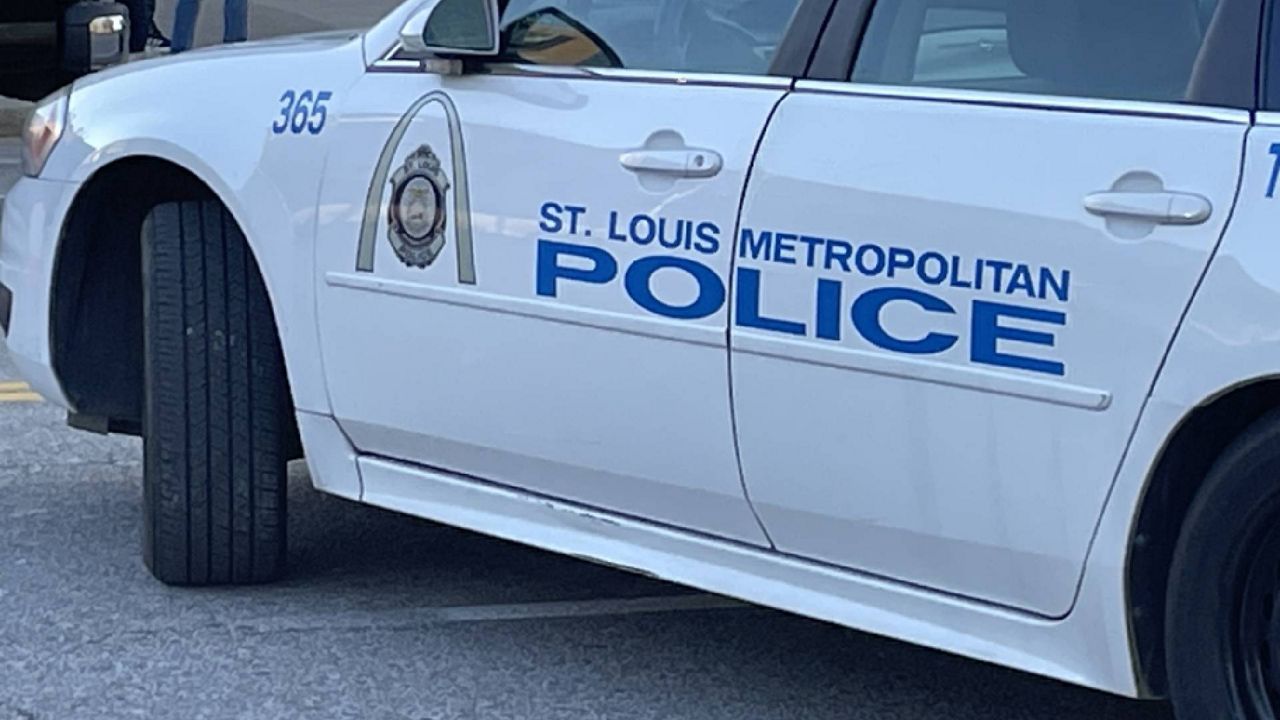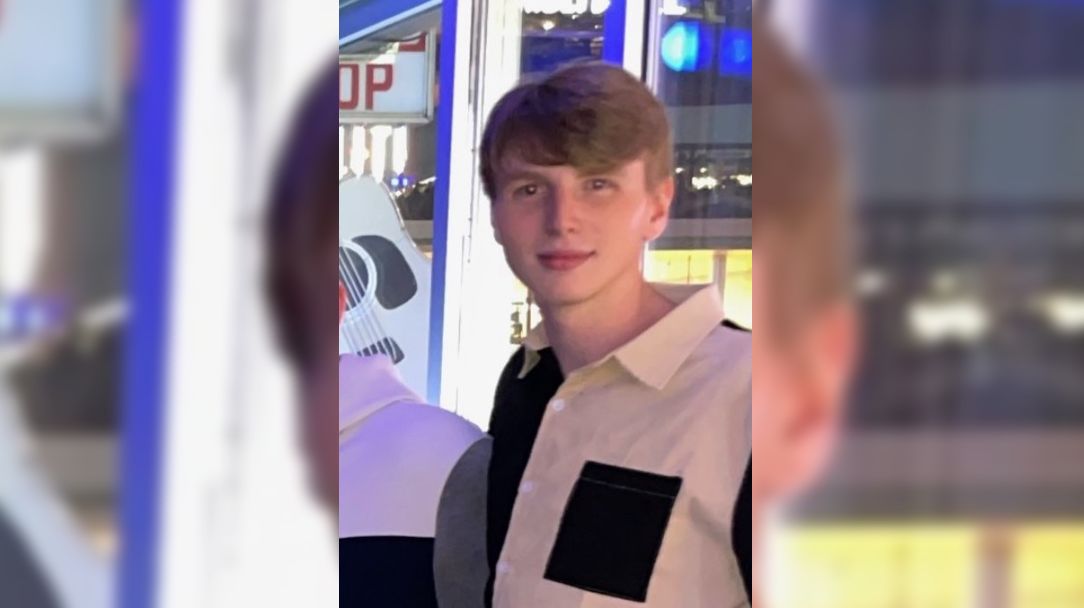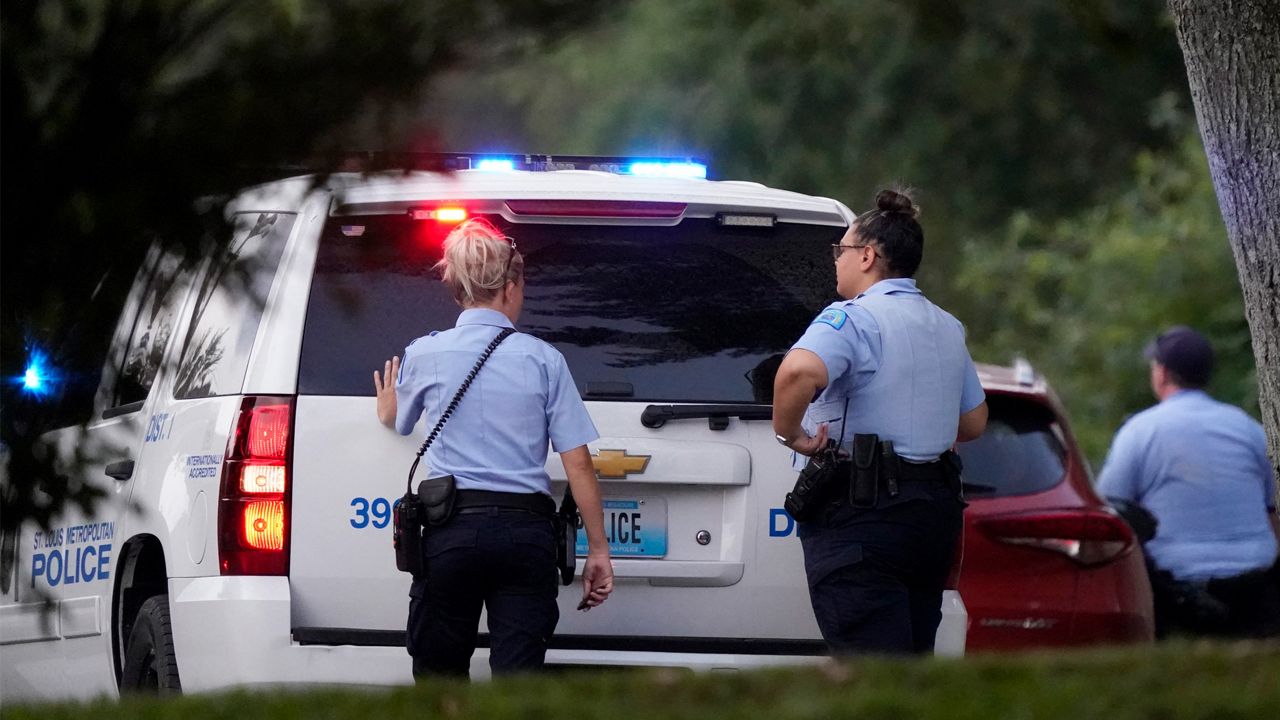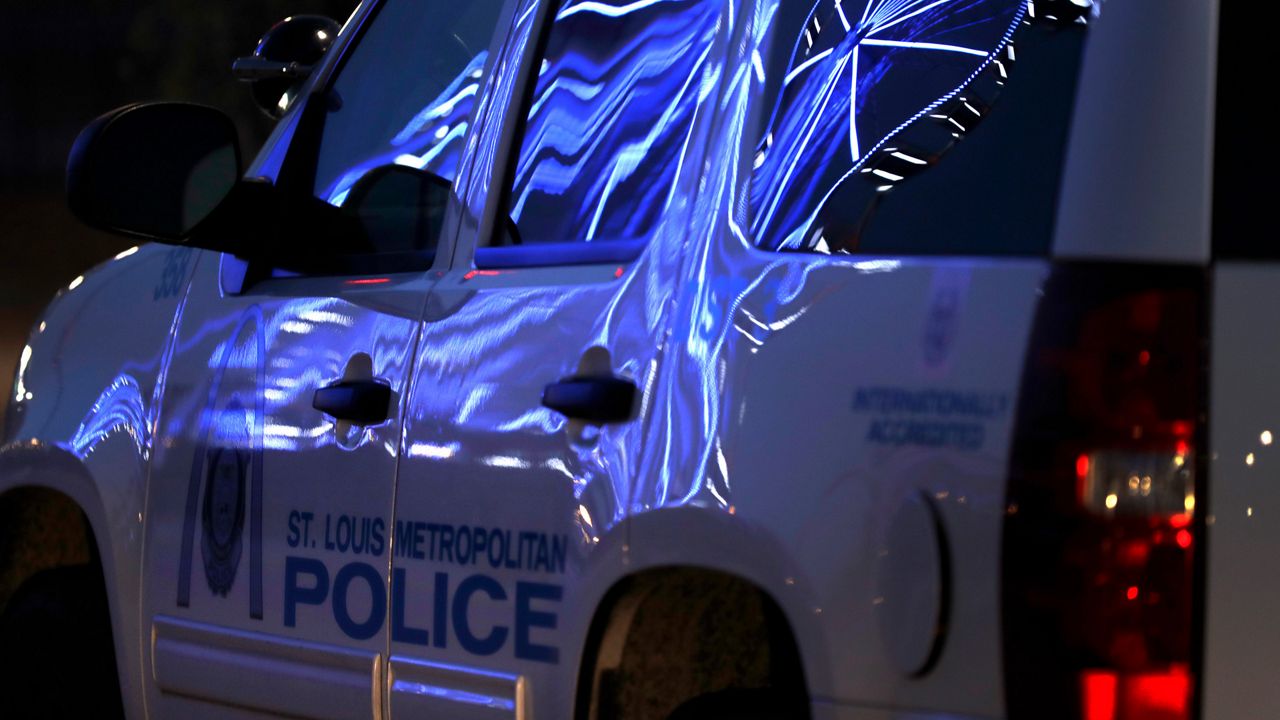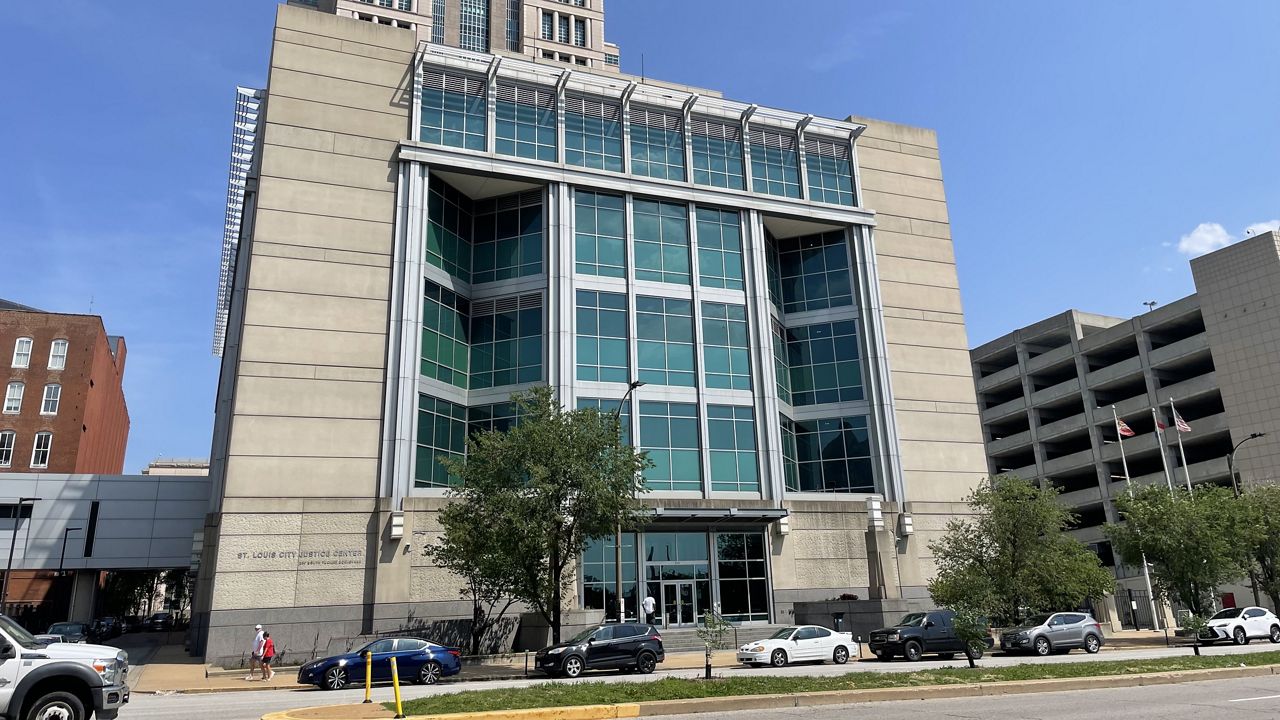ST. LOUIS—A report evaluating St. Louis city’s Curve Violence interruption program found there “is an overall lack of evidence for the effectiveness” of the program.
The report, done by Washington University, points to no significant decrease of violence in two of the three neighborhoods, no changes in community norms and no notable differences in experiences with violence attributed to the program.
The report’s authors say they faced “significant challenges while conducting the evaluation that may have contributed to the lack of conclusive evidence otherwise.”
Cure Violence began in the Dutchtown, Wells-Goodfellow and Walnut Park West neighborhoods in 2020. The city says these areas had some of the highest levels of homicide, aggravated assaults and robberies in the three years before implementing the program.
Police data analyzed showed the rate of gun violence dropped significantly in the three Cure Violence neighborhoods since the beginning of the program, but the report also states gun violence across the city was declining at the same time “which raises doubts about whether the Cure Violence program was the primary cause of the reductions.”
The report does suggest there was a positive impact in the Wells Goodfellow area where there was a significant decline in gun violence compared to other nearby areas evaluated. “We estimate that the CV (Cure Violence) program prevented at least 12 incidents of gun violence incidents over 36 months, compared to what would have happened without the program,” stated the report.
Wil Pickney, Office of Violence Prevention Commissioner, recently said “one shooting that is deterred is a positive outcome.” Oversight of the program was transferred from the Department of Health to his newly established department in 2022.
City data states between May 2022 and Jun. 2023, Cure Violence St. Louis performed 398 interruptions involving 1,042 individuals in its three communities.
Data also suggests that the Cure Violence staff believe they achieved two of the three program goals: identify and interrupt potentially violent conflicts and treat high-risk people.
Interviews with community members suggested Cure Violence had mixed results when it came to accomplishing the third goal: changing community norms. The interviews point to two possible reasons: limited staff capacity and resources, and an overall lack of awareness or recognition.
There was little engagement with the broader community outside of high-risk people, according to interviews done for the evaluation. Also, in cases where violence did erupt, efforts to build community were placed on pause.
Throughout the report, the authors explain they were faced with challenges and limitations.
It mentioned there was a 15 month delay in the start of their evaluation which prevented the authors from gathering baseline data.
There was also a cumulative period of about two months where evaluations were paused due to delays in the renewal of the evaluation contract.. The researchers also said during that pause, they learned there was no funding to continue the program past June 2023, meaning the time frame for their evaluation was cut from a three-year period to 22 months.
The revised timeline resulted in “insufficient time necessary for proper survey administration and data collection,” according to the report.
The city’s contract with Cure Violence expired in July, and the group did not bid for a new contract, according to Pickney. Cure Violence provided technical assistance to the Urban League and the Employment Connection, the violence interruption partners in place during the time of the evaluation.
In August, the city announced Mission St. Louis would be the new violence interruption partner and the group LIVE FREE USA would be the technical provider, replacing Cure Violence’s role.
In a statement from the city about the report, the Office of Violence Prevention said, “With our new partners we look forward to continuing our collaborative work to reduce violence in our communities and strengthen ties among neighbors.”





